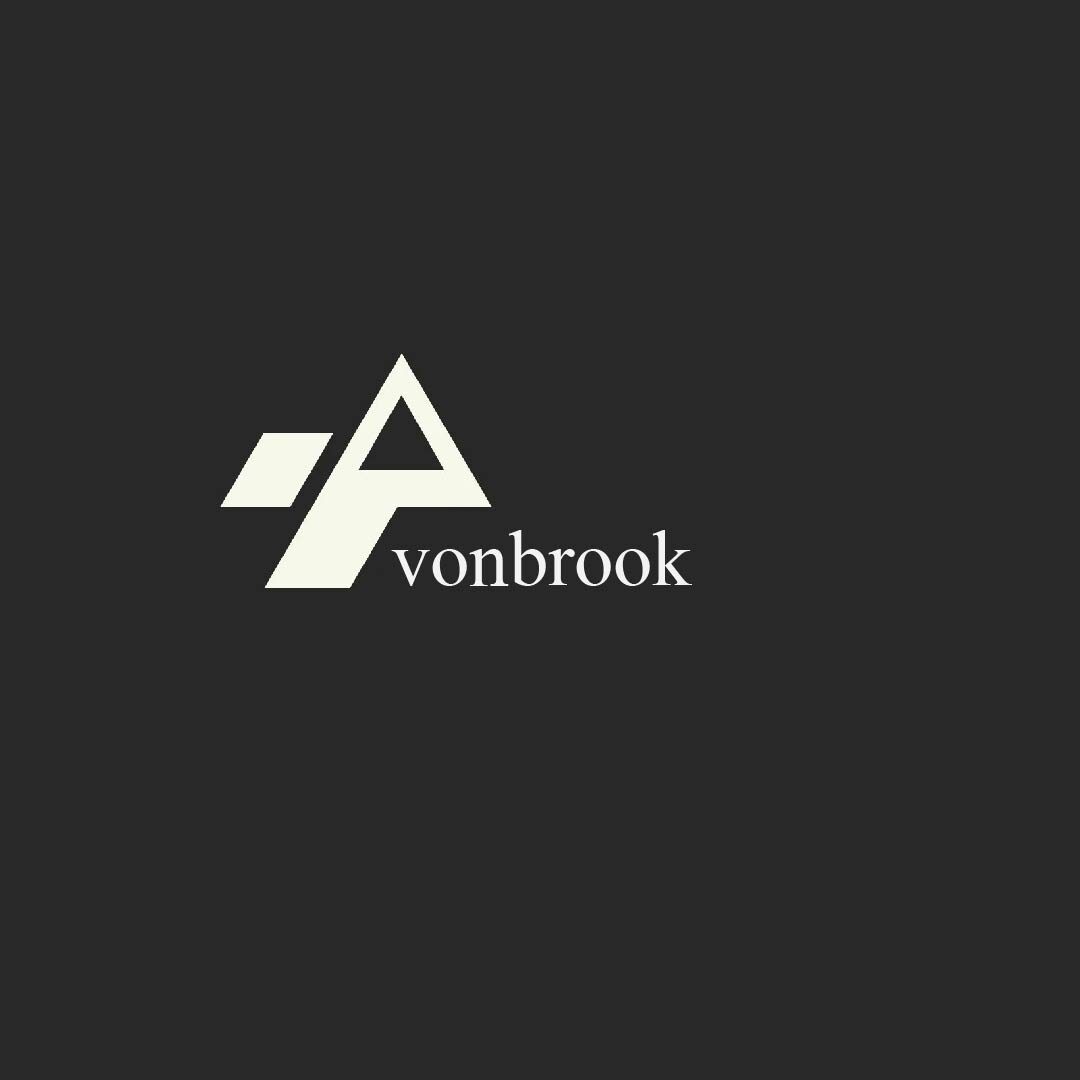Threads of Time: Fashion’s Silent Storytelling
Fashion is more than just clothing; it is an ever-evolving expression of identity, culture, and creativity. It acts as a silent language, woven through fabrics and stitches, telling stories about who we are and where we come from. Every era, every community, and every individual contributes to this ongoing narrative that shifts with the currents of history and society. Fashion’s power lies in its ability to reflect personal and collective experiences without uttering a single word.
The connection between fashion and identity is profound. Clothing choices often serve as an outward manifestation of one’s inner world. Whether it’s a vibrant color that reflects joy or a minimalist look that conveys simplicity and calm, fashion is a way people communicate feelings and personality traits. It can be a form of self-empowerment, a tool for rebellion, or a means of honoring tradition. This unique interplay between self-expression and external perception gives fashion its dynamic, ever-changing character.
Throughout history, fashion has mirrored societal transformations and cultural shifts. From the ornate costumes of the Renaissance to the rebellious styles of the punk movement, each period’s fashion speaks volumes about the values and tensions of its time. These garments are historical documents that reveal much about social structures, gender roles, and political climates. The evolution of fashion reveals humanity’s journey through innovation, struggle, and adaptation.
Creativity is at the heart of fashion’s allure. Designers and artisans draw inspiration from a wide array of sources—nature, architecture, technology, and art. They take these influences and translate them into garments http://bexym.edu.pl/ that balance function with aesthetics. The process of turning abstract ideas into wearable art involves skill, imagination, and an understanding of cultural context. Fashion shows transform this creative process into a spectacle, where every piece tells a part of a larger story.
Personal style is where fashion becomes deeply intimate. It is the way individuals personalize trends and influences, creating a look that feels authentic. Style is not just about following what is popular; it is about interpreting those trends through one’s own lens. This ongoing dialogue between fashion and self allows people to craft identities that evolve with their experiences and aspirations. Personal style celebrates diversity, encouraging freedom and confidence.
The fashion industry operates at the intersection of art and commerce. High fashion, with its luxury brands and haute couture, pushes creative boundaries and sets aspirational trends. At the same time, fast fashion brings these ideas to a broader audience quickly and affordably. This dynamic creates tension around issues like sustainability and ethics, as rapid production often comes at a cost to the environment and workers’ rights. The industry is increasingly aware of these challenges, prompting innovation toward more responsible practices.
Sustainability has become a guiding principle for many in fashion today. The focus is shifting toward using eco-friendly materials, ethical manufacturing, and creating timeless pieces designed to last rather than fleeting trends meant to be discarded. This movement challenges the traditional fashion cycle of overconsumption and waste, encouraging a more mindful relationship between consumers and what they wear. Sustainable fashion embraces the idea that beauty and responsibility can coexist.
Technology continues to revolutionize how fashion is created and experienced. From digital design and virtual runway shows to augmented reality shopping, technology expands the possibilities of creativity and accessibility. Social media platforms have transformed fashion into a global conversation, allowing emerging designers and diverse communities to influence trends in real time. These advances blur the lines between physical and digital, offering new ways to engage with style.
Fashion also plays a significant role in social and cultural discourse. It is a powerful tool for challenging norms, celebrating diversity, and advocating for inclusion. Gender-fluid clothing lines, adaptive designs for differently-abled individuals, and campaigns promoting body positivity all reflect fashion’s expanding role as a platform for social change. Through its visible presence, fashion can question conventions and inspire acceptance.
Beyond its visual and cultural significance, fashion carries emotional resonance. Clothing can hold memories and mark milestones, becoming a part of personal history. The act of dressing is ritualistic, connecting individuals to their sense of self and the world around them. Fashion’s ability to evoke feeling and forge connections makes it an integral part of the human experience.
In every thread and fold, fashion continues its silent storytelling. It evolves endlessly, weaving together past, present, and future, and inviting each of us to participate in its timeless conversation. Through its constant transformation, fashion remains a profound reflection of who we are and who we strive to become.
